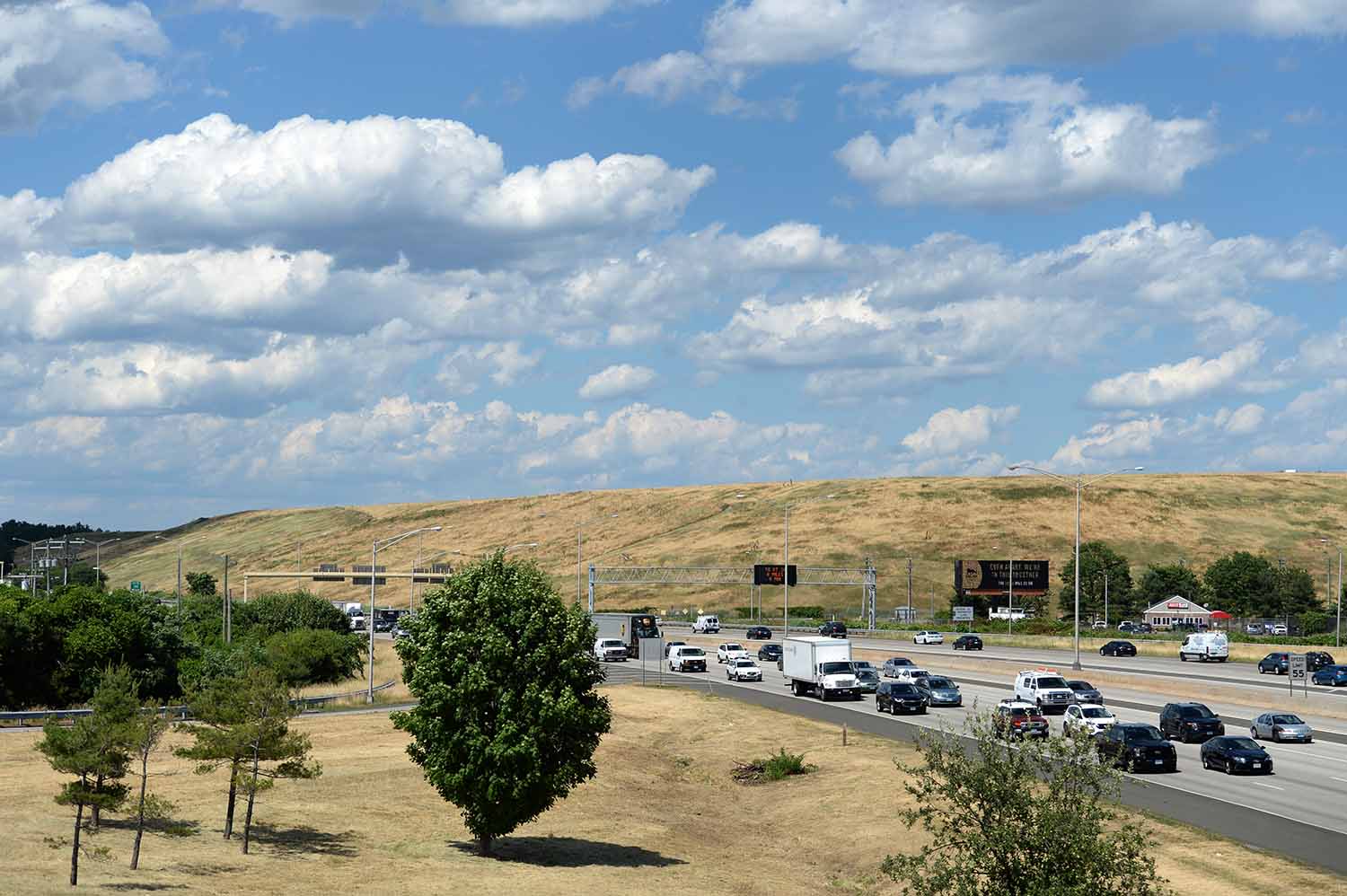Green Hope or Dead End? The Environmental Justice Movement's Crossroads

Across the nation, local communities are rising up against environmental injustices, demonstrating the powerful spirit of grassroots activism that can spark real change. These courageous individuals are not just speaking out—they're taking bold action to protect their communities, their health, and their future.
From urban neighborhoods battling toxic pollution to rural communities fighting against environmental degradation, ordinary citizens are becoming extraordinary champions of environmental justice. Their stories of resilience, determination, and collective action serve as a powerful reminder that meaningful change begins at the local level.
These grassroots movements are more than just protests; they're a testament to the power of community organizing, scientific awareness, and unwavering commitment to environmental and social equity. Each successful campaign sends a clear message: people will no longer stand silent in the face of environmental threats.
Let these inspiring stories motivate us all to become active participants in creating a more just and sustainable world. Whether it's supporting local initiatives, raising awareness, or taking direct action, we each have the power to make a difference. The time to act is now—our planet, our communities, and our future depend on it.
